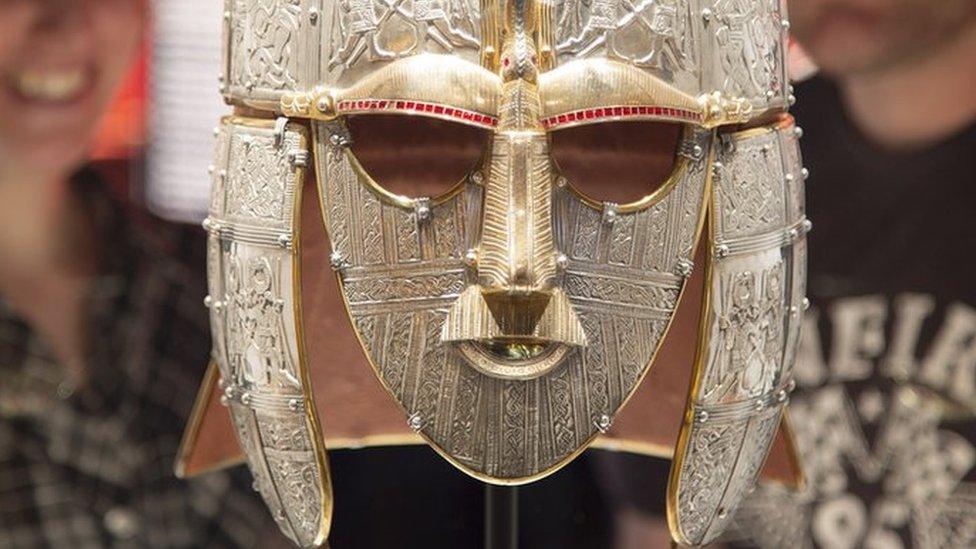Suitcase gives insight into Sutton Hoo's owner
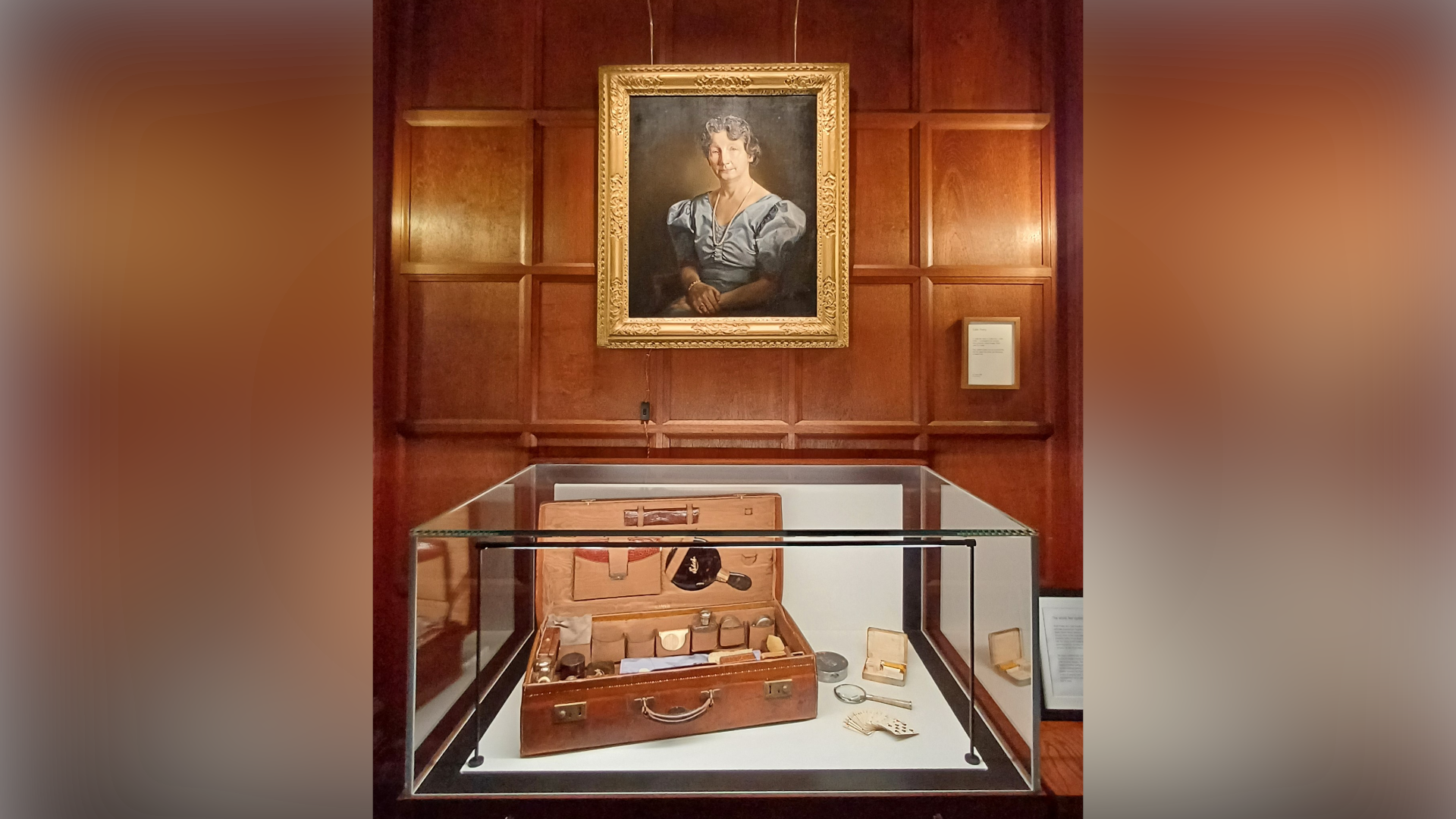
Edith Pretty's suitcase has been put on display at Sutton Hoo where she lived
- Published
A suitcase belonging to the landowner who played a prime role in the discovery of the Sutton Hoo burial ship gives an insight into her "status and character as a woman in Edwardian England".
Sutton Hoo, in Suffolk, is famous for the excavation that revealed the Anglo-Saxon ship in 1939, considered to be one of the greatest archaeological discoveries of all time.
The travel case belonged to Sutton Hoo's former landowner, Edith Pretty, who commissioned the dig, and her family donated the case to the current landowners, the National Trust, in 2019.
It is now on display at Sutton Hoo and collections and house officer, Jack Clark, said it was "something of a time capsule".
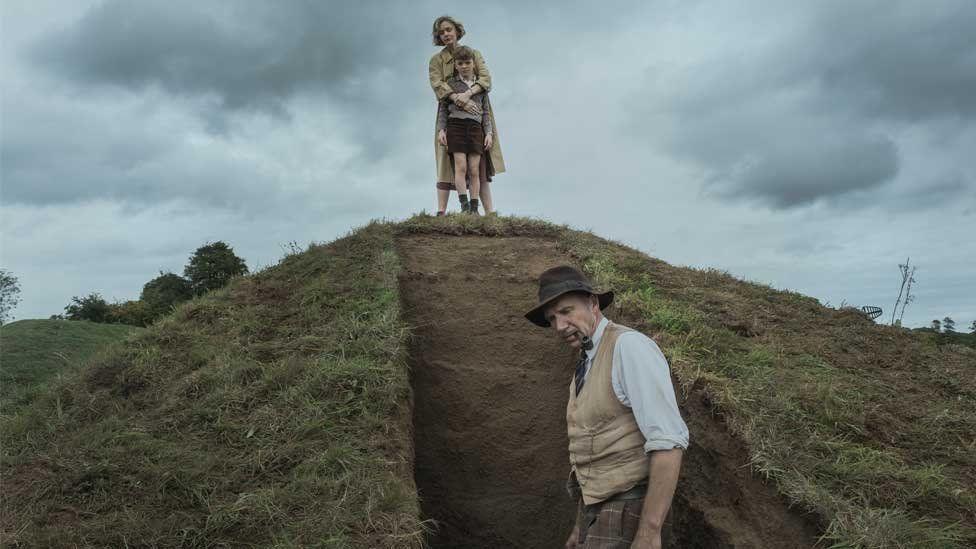
Carey Mulligan played Edith Pretty in The Dig - the movie that told the story of the discovery of the Anglo-Saxon burial ship. Ralph Fiennes played archaeologist Basil Brown
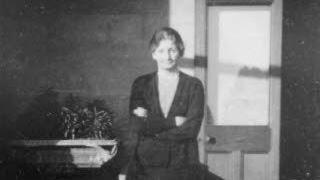
Mrs Pretty travelled extensively as a young woman
Mrs Pretty lived at Sutton Hoo between 1929 and 1942. A film version of the excavation, called The Dig, was made by Netflix starring Carey Mulligan as Edith Pretty and Ralph Fiennes as archaeologist Basil Brown.
While teams do not know how extensively the case was used, it is believed she took it to Egypt in 1904, South America in 1905 and Scandinavia in 1906, as well as many other trips.
National Trust also believed the case may have accompanied her to France in 1917 where she served as a nurse with the Red Cross during World War One.
She travelled with her family, which was considered unusual for a woman at that time.
Visits to Pompeii, the Egyptian Pyramids and Greece were said to have inspired her interest in archaeology.
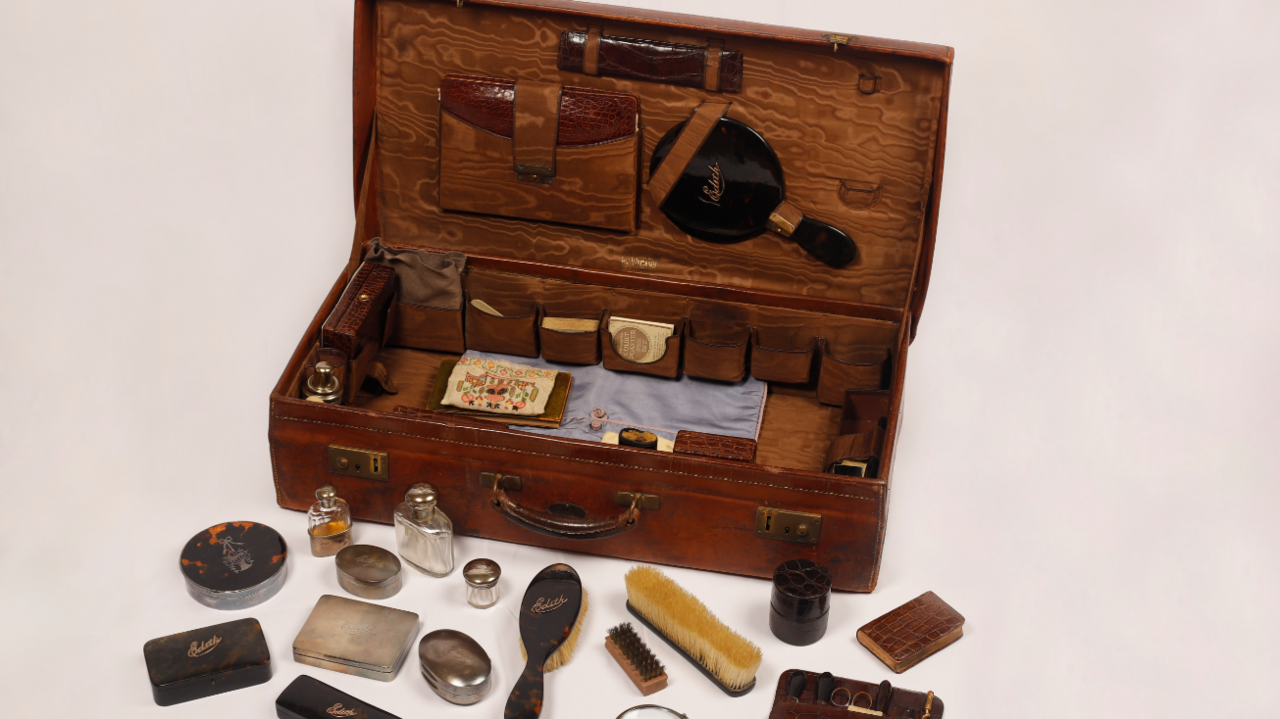
The case was manufactured by Finnigans, a luxurious British trunk-maker which specialised in luggage suitable for travel by ocean liners and railways
About 100 items were found in the case including a pack of playing cards, a first aid kit and handheld mirror.
After Mrs Pretty's death, the case passed down the generations of her family before her granddaughter donated it.
It has been restored and is on permanent display underneath a portrait of Mrs Pretty insider her former home at Tranmer House.
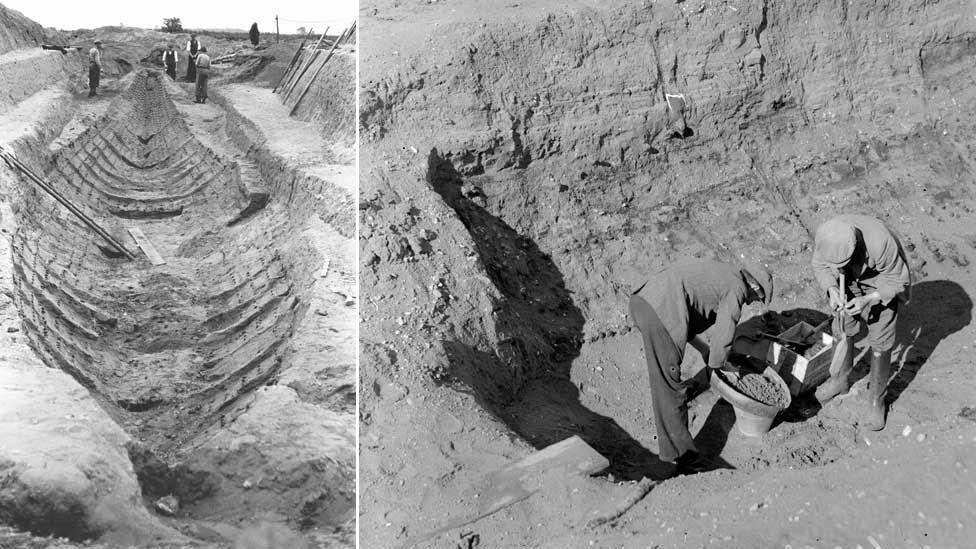
The wooden ship had rotted since its 7th Century burial, leaving only its metal rivets and the impression of the vessel in the earth
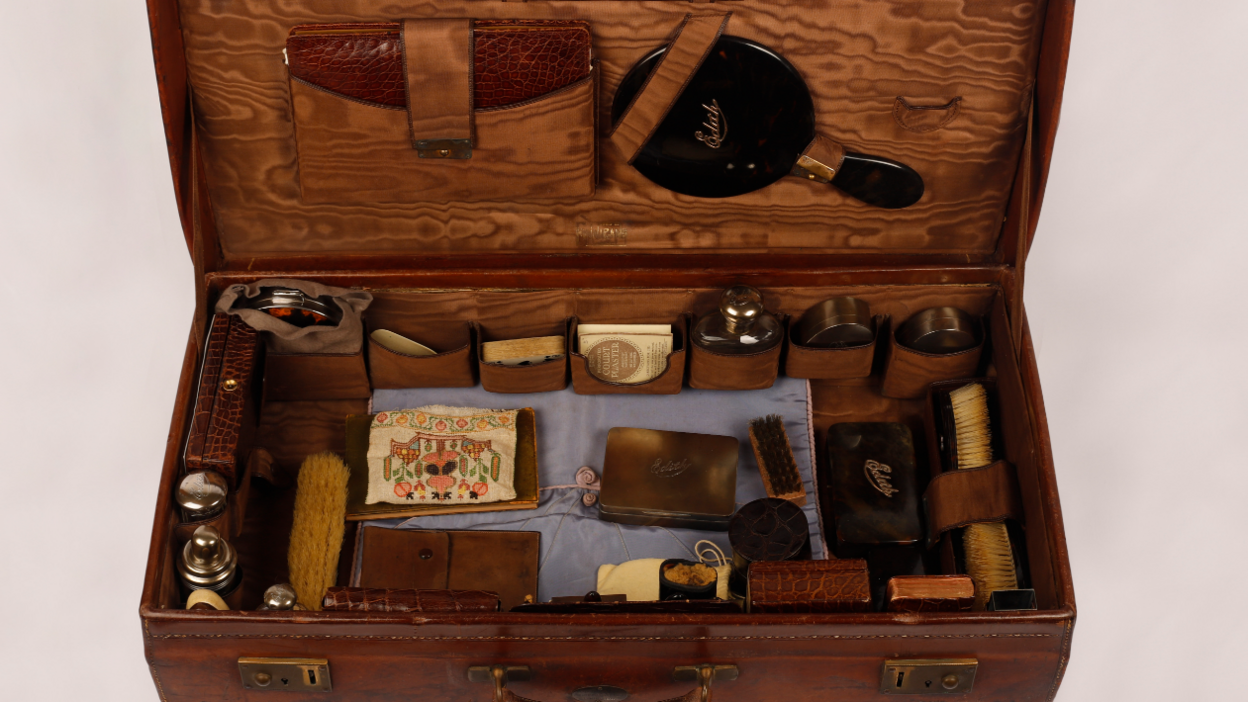
Postage stamps found inside the case suggest Mrs Pretty's family were still using in 1965, more than two decades after her death
"The travel case really is something of a time capsule, revealing important details about Edith's status and character as a woman in Edwardian England," said Mr Clark.
"As a trained nurse, Edith was very well prepared for adventures all over the world.
"The well-used sewing kit, with most of the contents now missing, shows Edith's resourcefulness, and the manicure set, along with various combs and brushes, is fairly typical of a woman's belongings at the time."
Mr Clark added that returning the case to Tranmer House, where she lived at Sutton Hoo, was a "big moment" and he thanked the Pretty family for their donation.
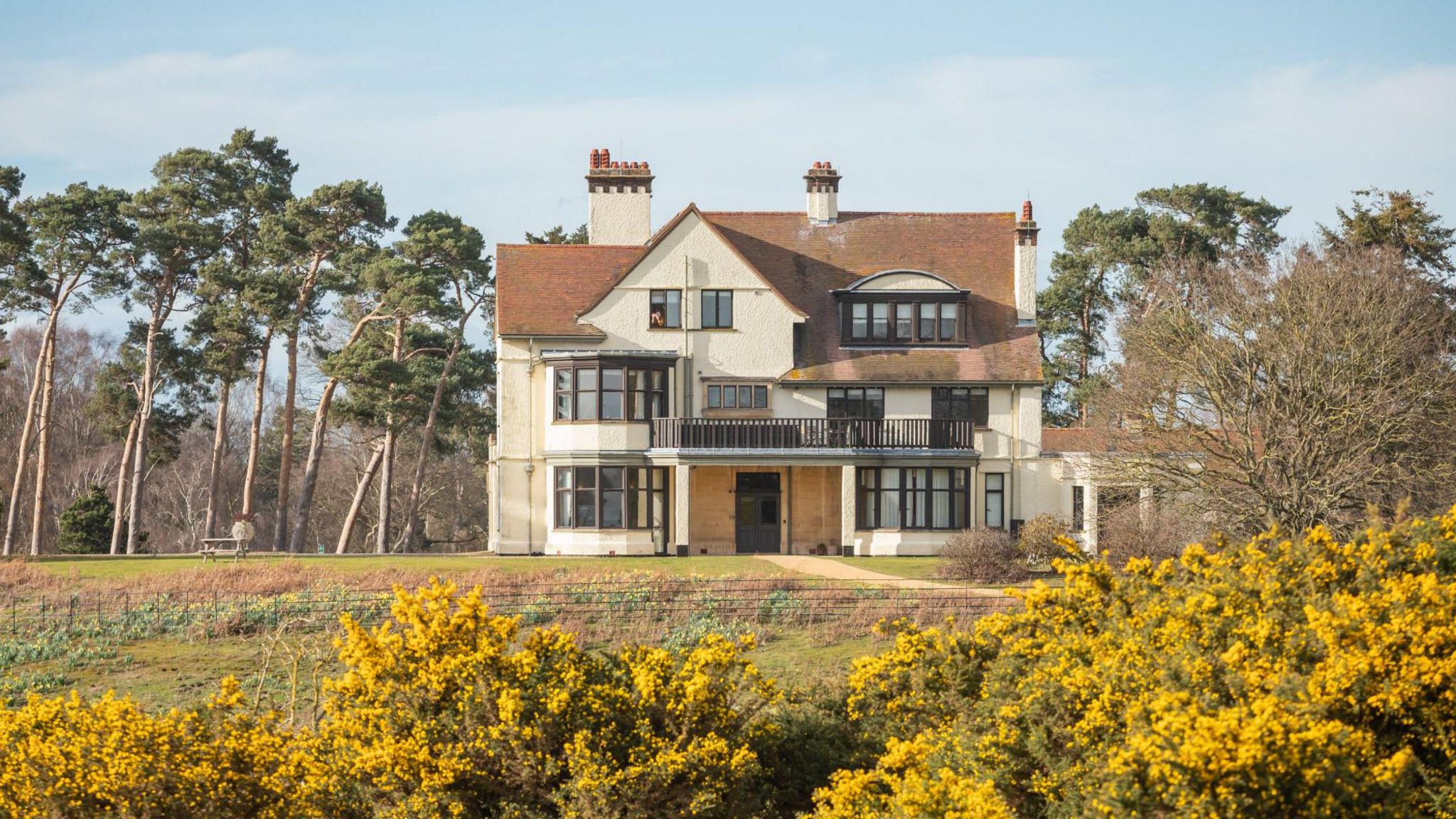
Mrs Pretty lived with her husband in Tranmer House, which the National Trust keeps open to the public
Get in touch
Do you have a story suggestion for Suffolk?
Follow Suffolk news on BBC Sounds, Facebook, external, Instagram, external and X, external.
Related topics
More on Sutton Hoo
- Published8 May
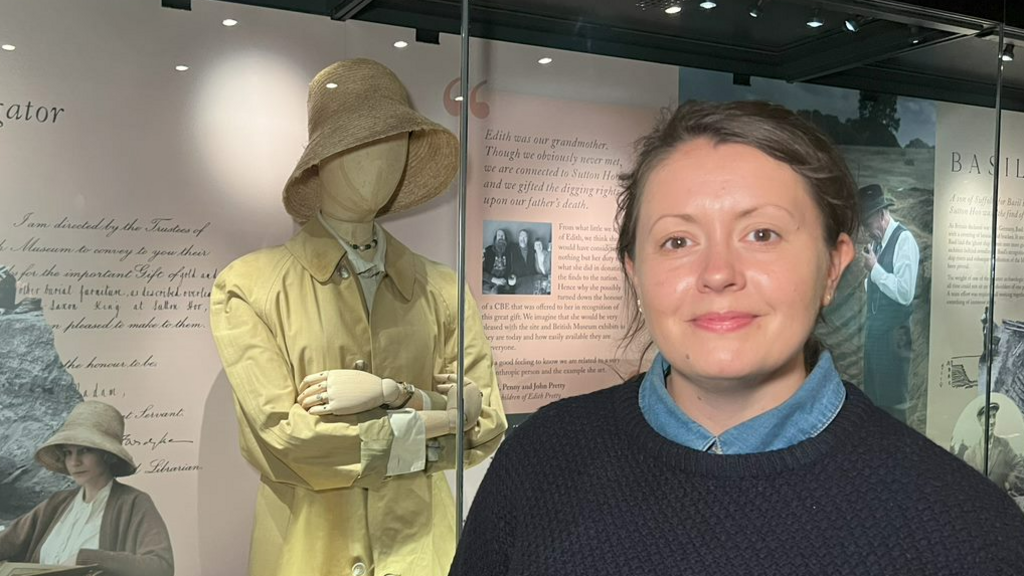
- Published11 January
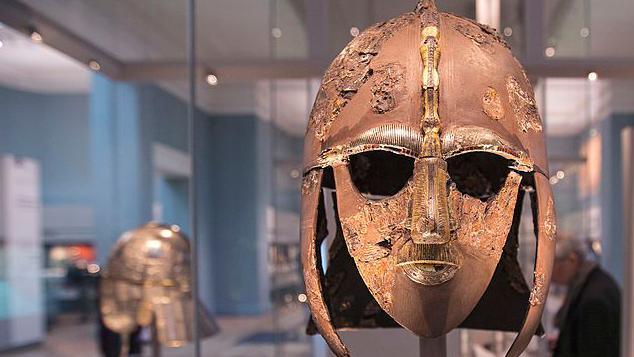
- Published14 December 2024
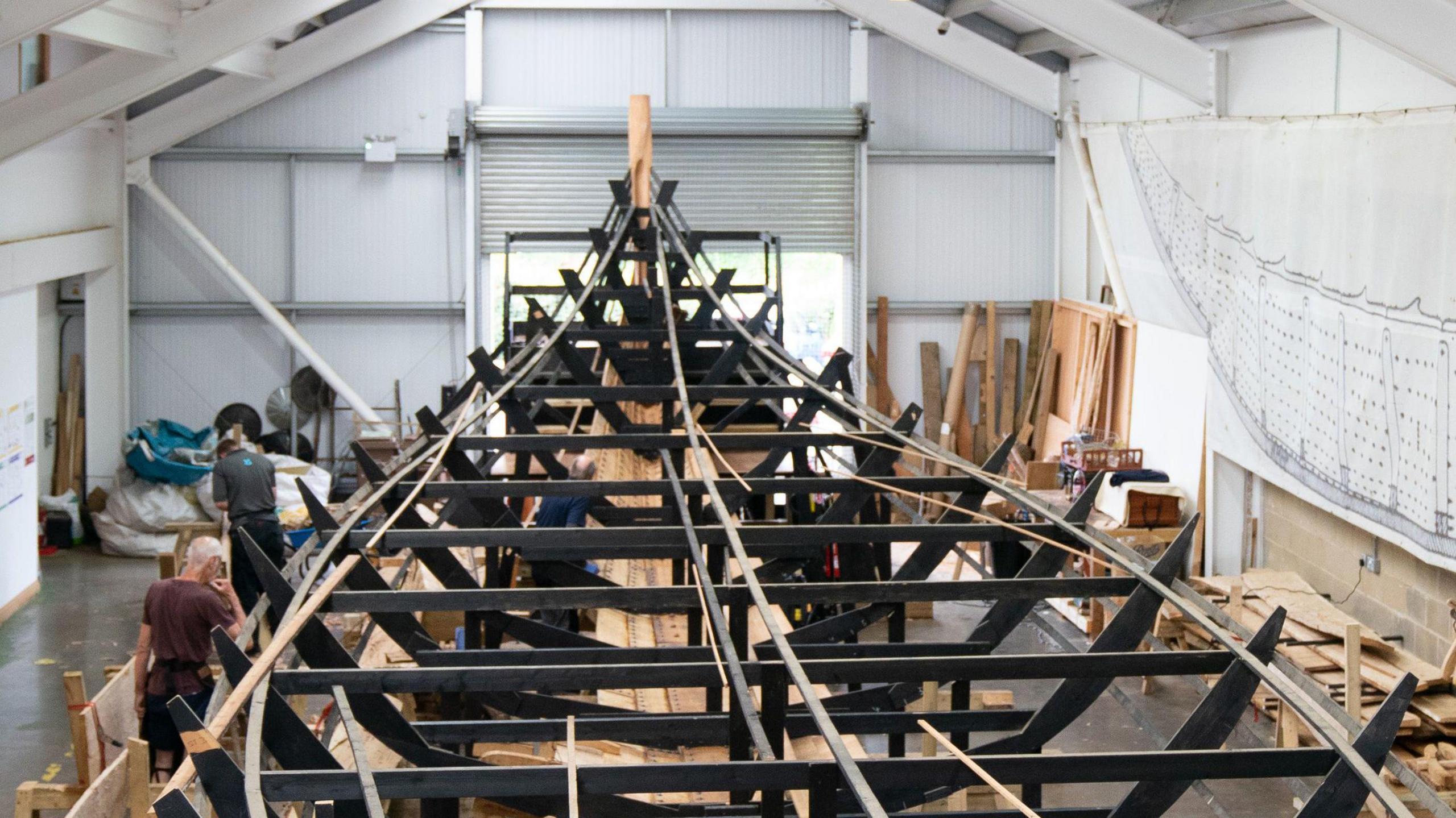
- Published2 May 2024
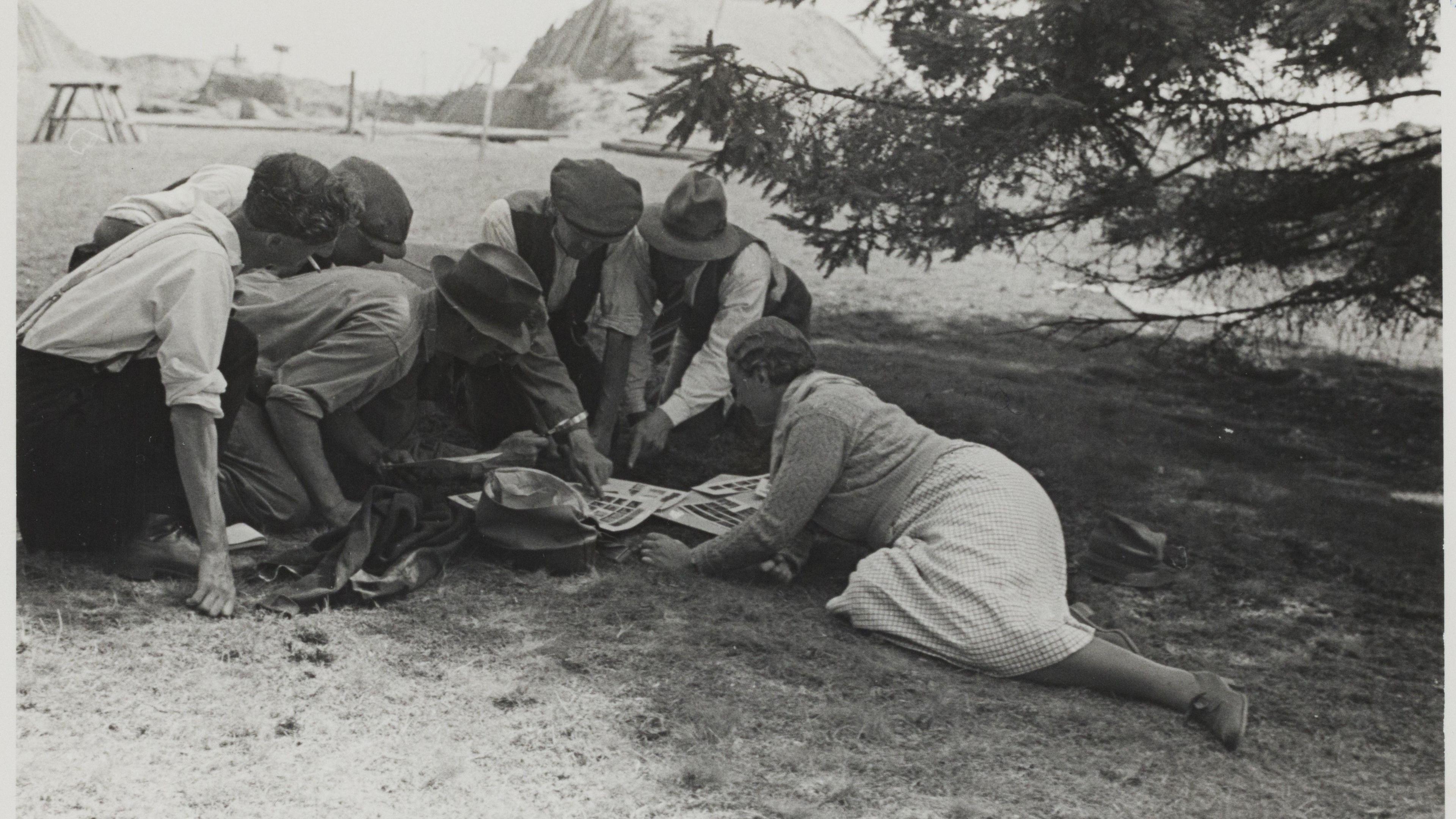
- Published16 September 2021
